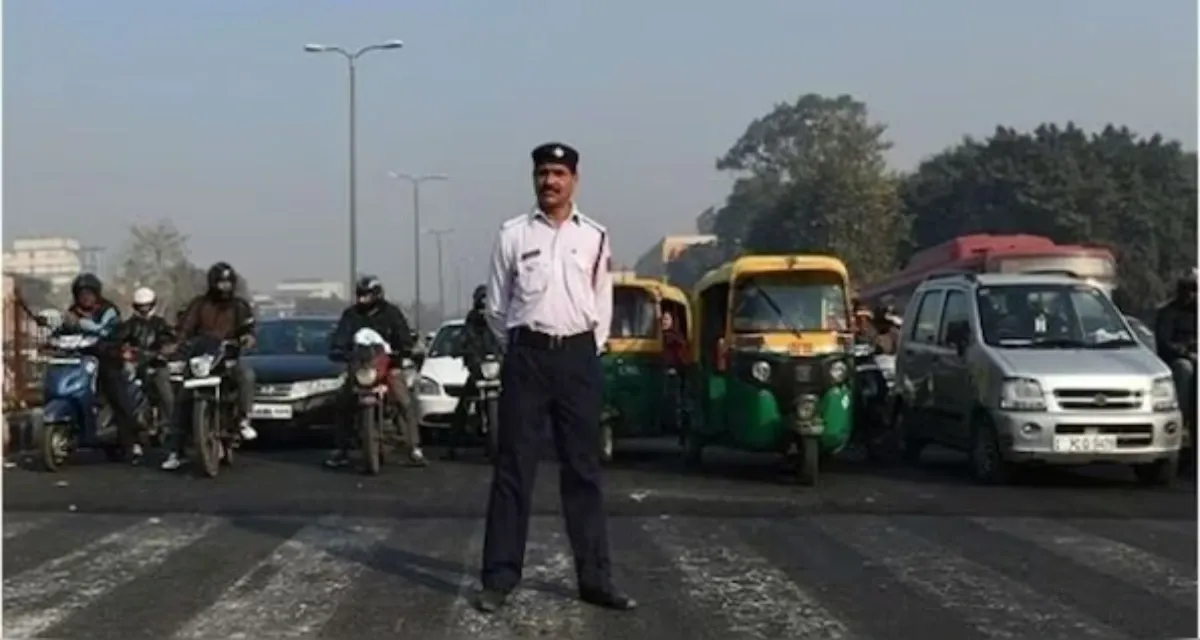

The number of vehicles on the roads of India is growing fast in India; and thus the need to lead the call towards the formulation of more stringent traffic laws in a bid to reduce or instead eliminate the incidences of accidents on our roads. As for this novel issue, the government of India has launched new measures that concern the rules and regulation of driving licenses that will start from June 1, 2024. The following alterations of the regulations will be done with a view of minimizing Traffic offences and promoting better standards in driving conduct amongst the populace.
Speeding is a major cause of road accidents in India, often leading to severe injuries and fatalities. The new rules address this issue by imposing harsher penalties on those exceeding speed limits. Drivers caught speeding will now face fines ranging from ₹1,000 to ₹2,000, depending on the severity of their violation. These increased penalties are designed to act as a stronger deterrent against reckless driving, thereby promoting safer roads.
Underage driving has been identified as a significant risk factor on Indian roads. The new regulations introduce stringent measures against minors caught driving without a valid license to combat this. Underage drivers will be subjected to a hefty fine of ₹25,000. In addition, the driving license of the vehicle owner may be revoked. Moreover, the minor will be barred from obtaining a driving license until they reach the age of 25. These measures are expected to significantly reduce the incidence of underage driving and enhance road safety.
Driving without a valid license or helmet is a serious offence that endangers both the driver and other road users. The new rules reiterate the importance of these safety measures and impose fines to ensure compliance. A fine of ₹500 will be levied on individuals caught driving without a valid license, and a fine of ₹100 will be imposed on those not wearing a helmet. These penalties aim to reinforce the importance of adhering to traffic laws and encourage safer driving practices.
Effective Date: The new driving license rules will come into force from June 1, 2024.
Objective: To curb traffic violations and promote road safety.
Penalties: Stricter penalties for speeding, underage driving, and driving without a license or helmet.
Fine Range: Fines range from ₹100 to ₹25,000, depending on the severity of the offense.
Impact on Road Safety
The implementation of these new driving license rules is anticipated to have a positive impact on road safety across India. The stricter penalties and increased emphasis on safety measures are expected to deter traffic violations significantly. This, in turn, should encourage more responsible driving habits among motorists, ultimately leading to a reduction in the number of road accidents. By addressing key issues such as speeding, underage driving, and driving without necessary safety gear, the government aims to create a safer environment for all road users.
Minimum Age for License: The minimum age for obtaining a driving license remains 18 years.
Special Provision for Minors: Individuals can apply for a driving license for a 50cc motorcycle at the age of 16.
Validity of Existing Licenses: Existing driving licenses will continue to be valid under the new rules.
Public Awareness: Motorists are advised to familiarize themselves with the new rules and regulations to avoid fines and penalties.
The new traffic regulations set to be enforced from June 1, 2024, reflect the Indian government's commitment to enhancing road safety. By introducing harsher penalties for common traffic violations, these rules aim to instill a sense of responsibility among drivers and reduce the frequency of road accidents. As the country continues to modernize its infrastructure and increase vehicle usage, these regulations serve as a necessary step towards safer roads for all.
Motorists are encouraged to stay informed about these changes and ensure compliance to avoid the hefty fines and penalties associated with the new regulations. Ultimately, the success of these measures will depend on the collective effort of all road users to adhere to the rules and prioritize safety.
Also Read: